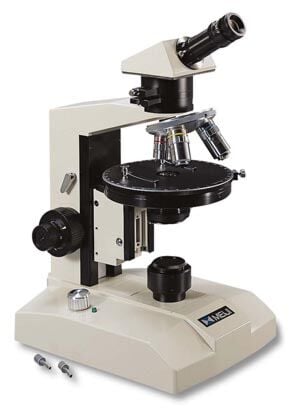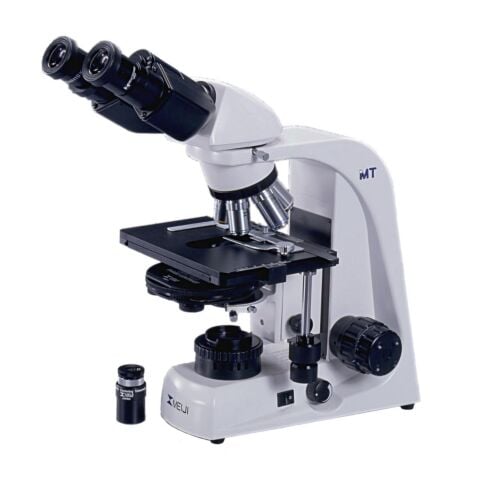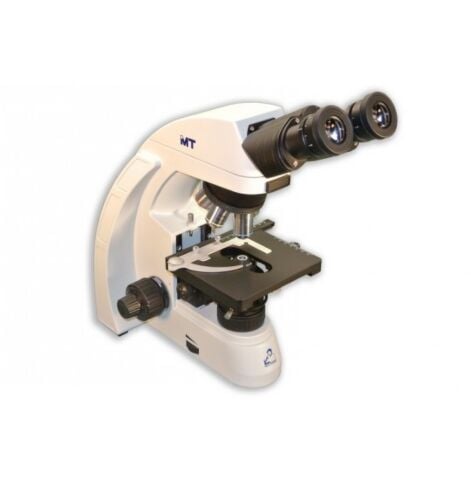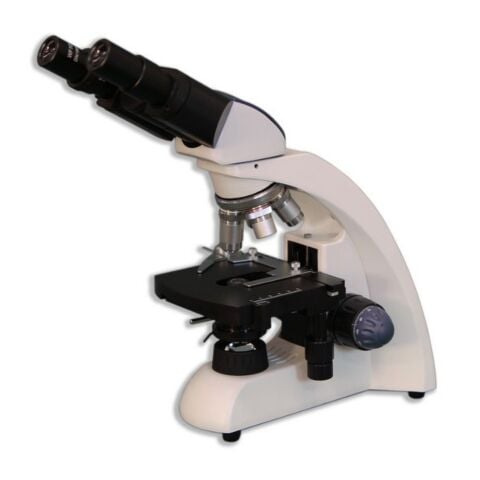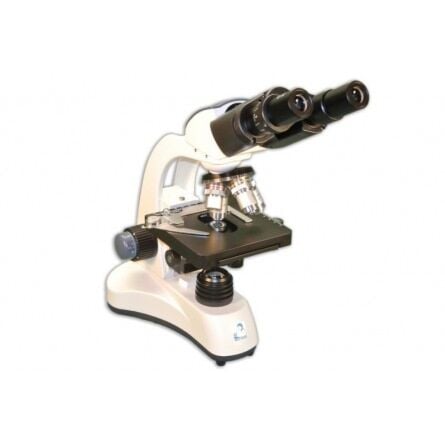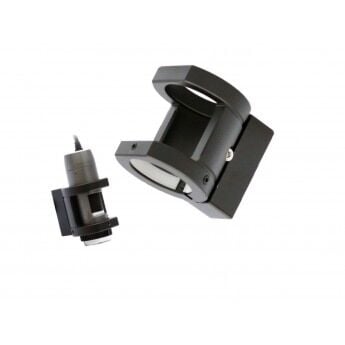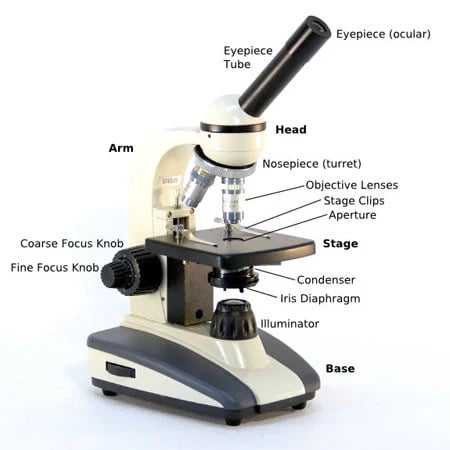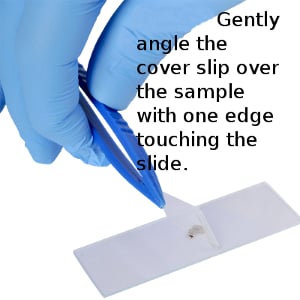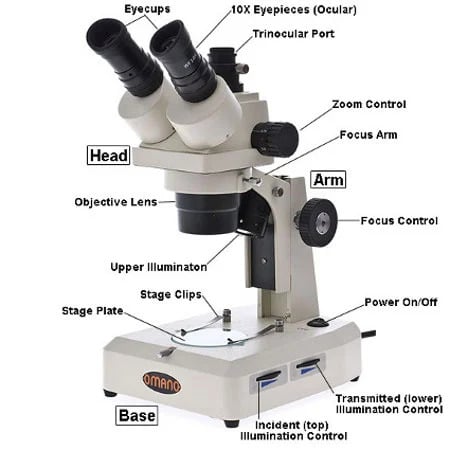The store will not work correctly in the case when cookies are disabled.
JavaScript seems to be disabled in your browser.
For the best experience on our site, be sure to turn on Javascript in your browser.
Shop by Brand
Shop by Brand
Meiji Techno
Cost effective polarizing microscopes
3 Semi-Plan objectives
Rotatable polarizer and stage
Monocular, binocular or trinocular
5W Koehler LED illumination
Lifetime Limited Warranty
Meiji Techno
Infinity Corrected, Phase Contrast
Plan 4x, Semi Plan Phase 10x, 40x Objectives
Halogen or LED Koehler Illumination
Trinocular option for photomicrography
Optional Ergonomic viewing head for added comfort
Quintuple Turret for extra lens
Lifetime Limited Warranty
Recommended for Universities
Meiji Techno
Achromatic DIN Plan 4X, 10X, S40X, S100X Objectives
3W LED variable intensity illumination
Reverse-facing ball-bearing nosepiece
ABBE 1.25 NA condenser with iris diaphragm
Ergonomic design for ease of operation
Recommended for the life sciences classroom
Meiji Techno
Semi APO Plan Objective F100X oil, N.A. 1.25, W.D. 0.2mm, F.N. 24
Meiji Techno
SINGLE BF Semi Plan achromat objective 100X, oil with iris, NA 1.25, W.D. 0.15mm
Meiji Techno
Semi APO Plan Objective F40X, oil, N.A. 0.85, W.D. 0.2 mm, F.N. 24
Meiji Techno
BF Semi Plan achromat objective 50X, oil immersion, with iris, NA 0.95, W.D. 0.24mm
Meiji Techno
New Student Microscope Achromatic DIN Semi-Plan 4X, 10X, S40X, S100X Objectives
Digital version available with 1.3MP CMOS camera
LED variable intensity illumination
Reverse-facing ball-bearing nosepiece
ABBE 1.25 NA condenser with iris diaphragm
Ergonomic design for ease of operation
Recommended for the life sciences classroom
Meiji Techno
Semi-Plan 4X, 10X, S40X, S100X Objectives
Battery-powered for convenient portability
LED variable intensity illumination
Forward-facing ball-bearing nosepiece
ABBE 1.25 NA condenser with iris diaphragm
Ergonomic design for ease of use
Recommended for classroom use
Meiji Techno
DIN Semi Plan objective 100X, NA 1.25, oil with iris
Education Center
A high power or compound microscope achieves higher levels of magnification than a
stereo or low power microscope. It is used to view smaller specimens such as cell structures
which cannot be seen at lower levels of magnification.
May 18, 2012
Before you start building your slides, make sure you have everything you will need, including slides, cover slips, droppers or pipets and any chemicals or stains you plan to use.
May 22, 2012
A low power or stereo microscope typically employs objective lenses of 50x or less. It is used to view specimens that are visible to the naked eye such as insects, crystals, circuit boards and coins.
A stereo microscope has three key parts:
May 18, 2012


